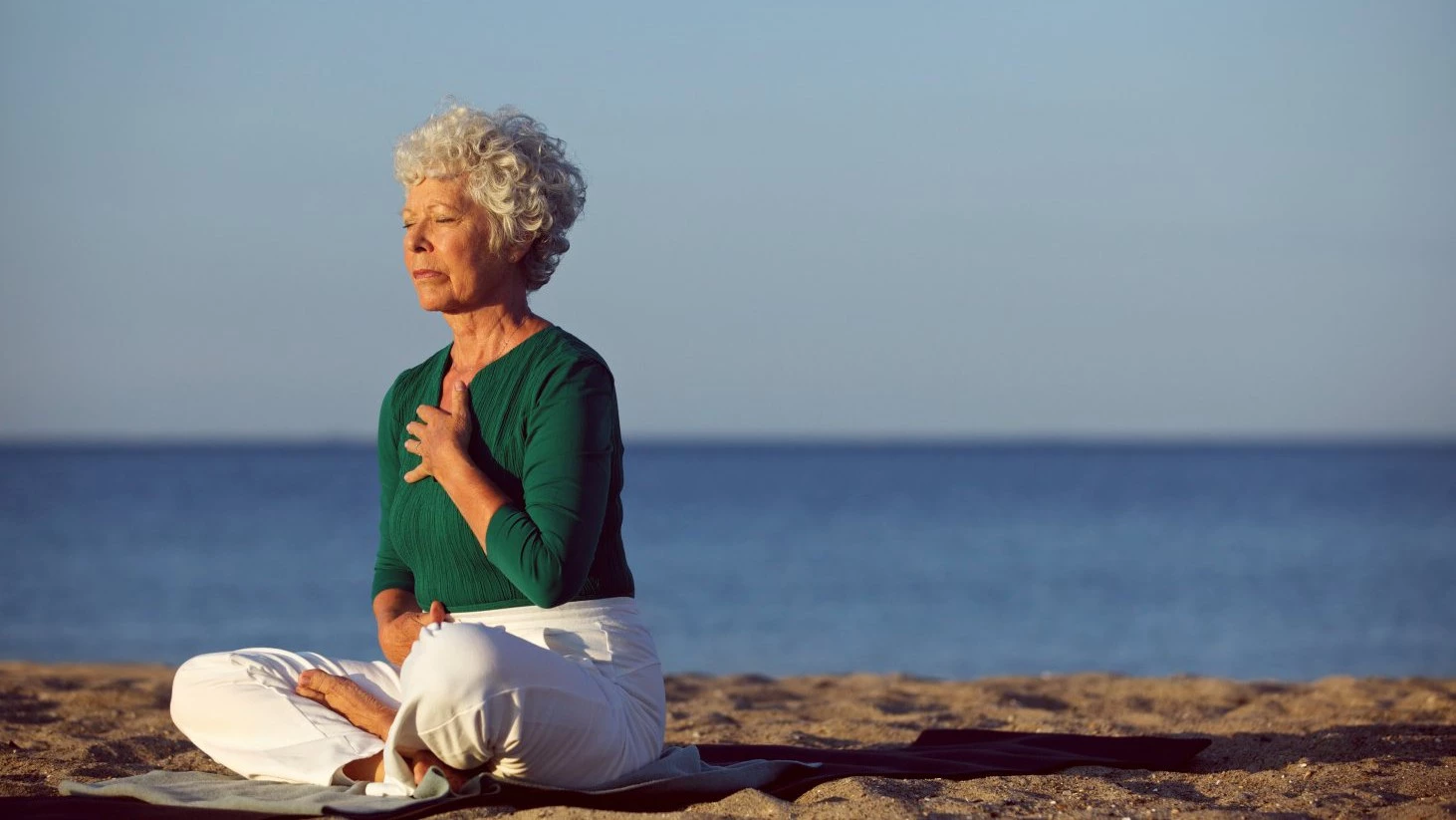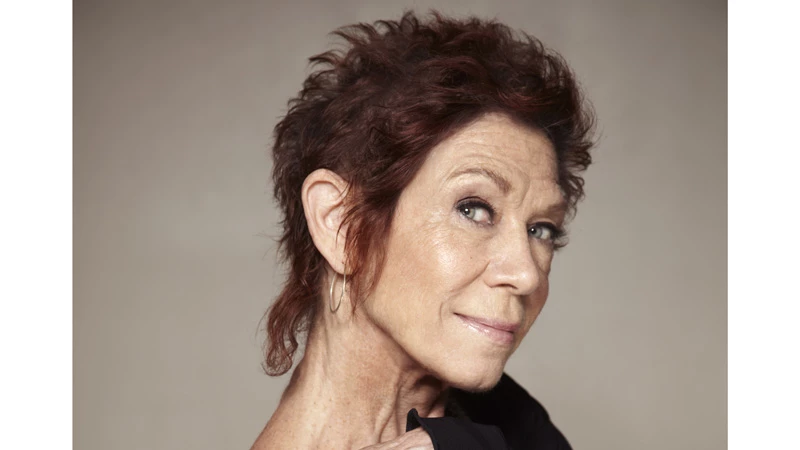Teaching Yoga to Someone with Cancer: Is it Different?

At first glance, the idea of yoga for cancer patients undergoing treatment and now in survivorship seems obvious, a logical step. What better way to manage anxiety, gain strength, increase flexibility and create feelings of well-being? It seems like everyone knows yoga is good for you. Cancer survivors come with high expectations of yoga. These expectations are not any different than those of regular students. So, why would teaching yoga to cancer patients and survivors be any different than teaching yoga to healthy people?
I have some answers to that question. They are answers based on my personal cancer journey and yoga experience, my experience teaching yoga to cancer survivors for more than ten years, and on research. During my recovery, I noticed I needed something different from yoga and went looking for it. Observing other yoga classes focused on cancer offered by yoga teachers from various traditions, I discovered important differences. Let’s explore them.
Safety First
Healing begins with feeling safe. Yoga teachers are trained to teach to a diverse yet general population. Awareness of the limitations imposed by surgeries, chemotherapy and the many life-long side effects and vulnerabilities of cancer treatments and reconstruction are not covered in most yoga teachers training. Conditions for safety start with a teacher’s willingness to learn about cancer, to be properly trained to teach yoga for cancer survivors, and to take the time to understand student needs and concerns. The first difference is the knowledge and training to feel confident that you understand the conditions of the wounded body under that baggy t-shirt, then to teach the yoga that is informed by that knowledge.
Risk Factors
I am asked questions about yoga benefits all the time, but rarely asked about its risks. Survivors expect teachers to understand the effects of cancer treatments on the body, what poses have most benefits, and what poses can be potentially harmful.
The popular notion is that yoga is good for you, whatever its style, flavor or size. But we know that is not true. Just like cancer, yoga is not one-size-does-fits-all. Everyone’s cancer, treatments, side effects and body is different. Nothing about cancer is static or predictable. As a teacher, you must be ready to adapt your teaching to the changing needs of students. The difference in teaching yoga to cancer survivors is that the risks are higher and a teacher should know what they are.
Who’s Responsible?
When offering a class for cancer survivors, a teacher is saying, “I am responsible. I know what yoga is best for you and I will protect you from further discomfort, injury plus calm your doubts or fears.” Students expect yoga teachers of cancer survivors to have that expertise.
Most yoga teachers are trained to ask for injuries or concerns as class begins. Cancer survivors may be reluctant or embarrassed to talk about their concerns, like the newly installed expanders, chemo ports, or the neuropathy in their feet. They may not even know some conditions, like osteopenia caused by cancer treatments, can put them at risk in certain activities or positions. The yoga teacher needs to know the risks if such conditions exist and to adapt the yoga for these life-long conditions and side effects accordingly.
The key difference is that teachers need to ask the right questions and to gather this important information carefully, often privately, and with great sensitivity.
Facts Motivate
Other ways yoga for survivors can be different is by cultivating awareness and increasing motivation. Survivors want to know why something works for their condition, not just that it is good for them. I find using research facts about yoga and cancer creates motivation and good public relations. They listen attentively to every fact and suggestion on how to fight cancer using yoga. They feel and see the benefits. They remember and thank me. Then, they bring this information and good feelings back to their doctors. This is truly a win/win for survivors and for yoga. Yoga can make a difference.
Feelings Matter
Your feelings come first. A yoga teacher has so many things to be aware of during a yoga class. The first one should be the fluctuation of her emotions. It is easy to feel overwhelmed with the suffering of others. Inexperienced teachers may be inclined to treat students with hesitation based on their unrecognized fears about cancer and dying or a lack of confidence in teaching survivors. Hesitation is neither helpful nor healing to the student. In my experience as a survivor, a teacher who was overly compassionate only made me feel more like an invalid. Personally, I found hope and well-being in being treated normal without coddling or denying that I had cancer. The difference is that authentic, open teaching starts with recognizing and acknowledging everyone’s emotions, not just the student’s hopes and fears.
How do cancer patients and survivors feel? It may not be obvious. Sometimes they bring fears and doubts about yoga planted by warnings from well-meaning Western doctors. But mostly they come with curiosity and a desire to know how and why yoga will help them be healthy and stay cancer-free. They come to yoga as people wanting again to feel whole and normal, not like cancer survivors. They bring life challenges, not just cancer challenges.
Who’s the Teacher?
Finally, the reality is that some students will not make it. Teaching yoga to those touched by cancer always has the possibility that someone will not survive. A yoga teacher must be prepared to face that reality of cancer.
There is so much to learn from survivors about being in a warrior pose. Living with fear helps make a warrior. It is the first lesson cancer teaches a survivor, being prepared for the uncertainty of their new life. Having worn the coat of a life-threatening diagnosis, practicing savasana, final resting pose, is no longer just an “idea” or an abstraction, but an unavoidable part of daily life. I believe this is the biggest difference in teaching yoga to cancer survivors. A life-threatening illness can help us all learn how to live fearlessly. Another difference is it can become a shared goal for both the yoga teacher and student. If faced directly, cancer is everyone’s teacher.
So, the differences are more difficult to describe and, fortunately, fewer than the similarities of teaching yoga to non-survivors. What are the similarities? Well, for this yoga teacher, it is the most satisfying job I have ever had. It fills me with joy and gratitude to deliver yoga’s gifts to all students. The similarity is the privilege to witness the rejuvenation of each body, the transformation of stress to relaxation, the unfolding of the sense of well-being, the balancing of mind with body, and to see every one leave with that Yoga glow.
For more information on Tari’s YogaUOnline course, see here: Introduction to Yoga for Cancer.
 Tari Prinster is a breast cancer survivor, yoga teacher and founder of y4c Teacher Training. She is the author of Yoga Prescription: Using Yoga to Reclaim Your Life During and After Cancer. Tari has been featured in Yoga Journal among many other publications, as well as in the feature documentary Yogawoman. For more information, visit http://y4c.com/
Tari Prinster is a breast cancer survivor, yoga teacher and founder of y4c Teacher Training. She is the author of Yoga Prescription: Using Yoga to Reclaim Your Life During and After Cancer. Tari has been featured in Yoga Journal among many other publications, as well as in the feature documentary Yogawoman. For more information, visit http://y4c.com/
Reprinted from y4c.com with author’s permission



